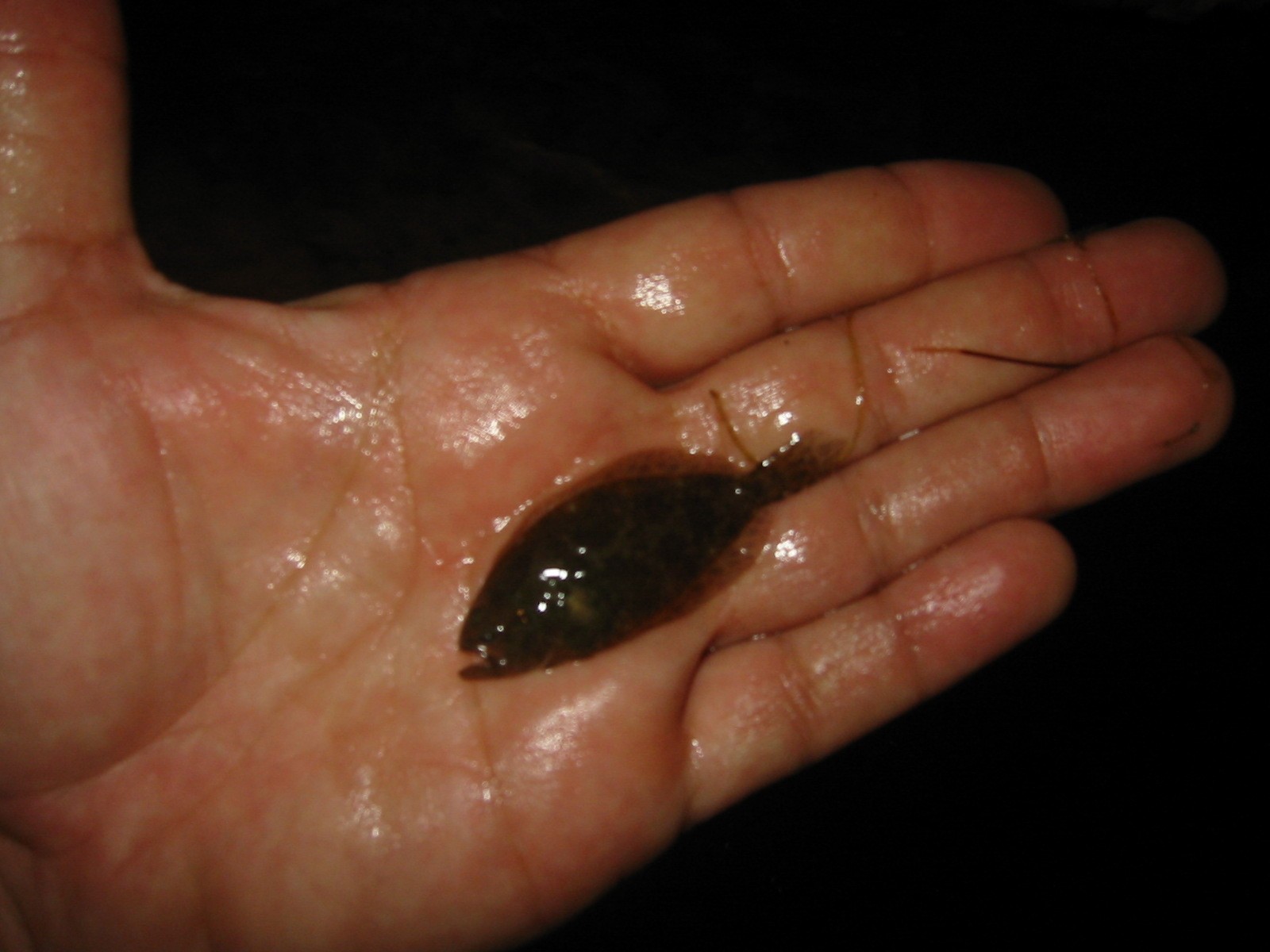TPW TV: Flounder
Friday, September 28th, 2012
Fingerling flounder
This is Passport to Texas
TPW TV producer Abe Moore takes us to the coast in September with a segment he did on fishing for and conserving southern flounder.
55—We hit the West Galveston Bay area – a place called Chocolate Bayou.
Chocolate bayou is an excellent spot for flounder. We have one of the shallowest bays in all the coast. And really and truly, we have the absolute place to fish in the world right in our own backyard.
In the story, we also go gigging for flounder. And one of the other things we touch on is the efforts underway to raise flounder at Texas Fish Hatcheries. We took the TV cameras out one night as some biologists tried to catch some of the males for the program.
When you come out here and catch one of these guys, and know that you’re going to take these back to the hatchery, and they’re potentially going to produce thousands and thousands of fingerlings. You can’t put a price on it. We’re very happy to be able to do this and be productive at doing it.
And you’ll have to check it out because it’s quite a ride. It’s like an airboat, and these nets. It’s kind of crazy. It’ll be on TPW Television the week of September 30th through October 6th. (Nice work).
Thanks, Abe.
The Wildlife and sport fish restoration program supports our series and celebrates 75 years of funding diverse conservation projects throughout Texas…
For Texas Parks and Wildlife…I’m Cecilia Nasti.





 Passport to Texas is a
Passport to Texas is a  Passport to Texas is made available by:
Passport to Texas is made available by: